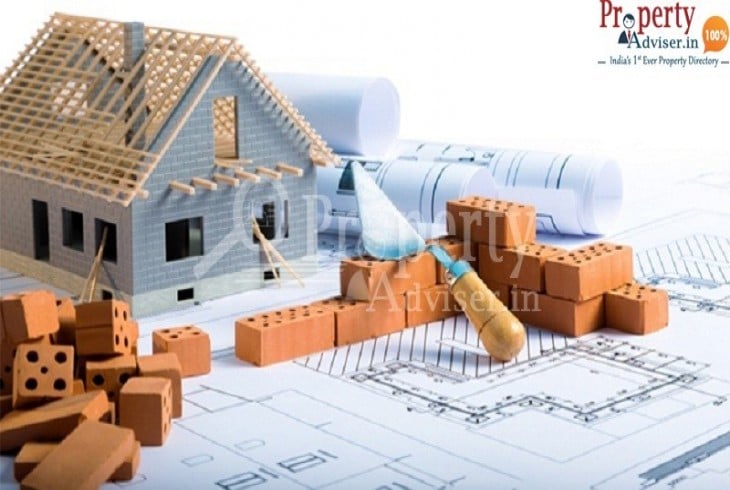The rapid growth of the population and the expensive cost of living in the twenty-first century coupled with the high costs of housing has created a gap in society, preventing people from acquiring property.
For this reason, governments and private entities have turned to a project that aims to alleviate this lack and facilitate, in some way, many families to get a home. These projects, which respond to the name of "affordable housing," are characterized by the acquisition of housing at below-market interest rates or minimum initial payments.
Today, the demand for quality affordable housing projects exceeds the existing market offer, and the builders who have realized this potential demand are turning their interest in this segment. Also, this type of program provides economic benefits for both construction companies and final consumers regarding cost and tax reduction. Affordable housing takes fewer construction times than mid-range or high-end apartments, and its sales momentum is faster, which contributes to the rapid return on investment.
This type of housing must be conceived from solid materials, easily accessible and reasonably priced to provide, at the end of its development, decent and quality housing to its residents. Among them, we can find the wood, the concrete, the brick, and the clay.
Although these materials are commonly used in the sector, as these are social housing, these materials come from well-managed renewable resources whose origin is recycling and reuse, as well as those who during their extraction process have been more respectful of their environment and can be recycled at the end of their useful life.
The Government recently implemented the "Housing for All" initiative as a large-scale action that will give its inhabitants the option of acquiring a home in comfortable conditions.
By:
Shailaja K









